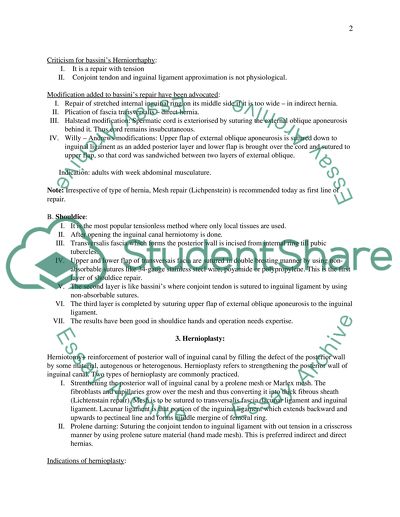Cite this document
(“Surgery for an Inguinal Hernia Assignment Example | Topics and Well Written Essays - 1000 words”, n.d.)
Surgery for an Inguinal Hernia Assignment Example | Topics and Well Written Essays - 1000 words. Retrieved from https://studentshare.org/health-sciences-medicine/1531953-surgery-for-an-inguinal-hernia
Surgery for an Inguinal Hernia Assignment Example | Topics and Well Written Essays - 1000 words. Retrieved from https://studentshare.org/health-sciences-medicine/1531953-surgery-for-an-inguinal-hernia
(Surgery for an Inguinal Hernia Assignment Example | Topics and Well Written Essays - 1000 Words)
Surgery for an Inguinal Hernia Assignment Example | Topics and Well Written Essays - 1000 Words. https://studentshare.org/health-sciences-medicine/1531953-surgery-for-an-inguinal-hernia.
Surgery for an Inguinal Hernia Assignment Example | Topics and Well Written Essays - 1000 Words. https://studentshare.org/health-sciences-medicine/1531953-surgery-for-an-inguinal-hernia.
“Surgery for an Inguinal Hernia Assignment Example | Topics and Well Written Essays - 1000 Words”, n.d. https://studentshare.org/health-sciences-medicine/1531953-surgery-for-an-inguinal-hernia.


